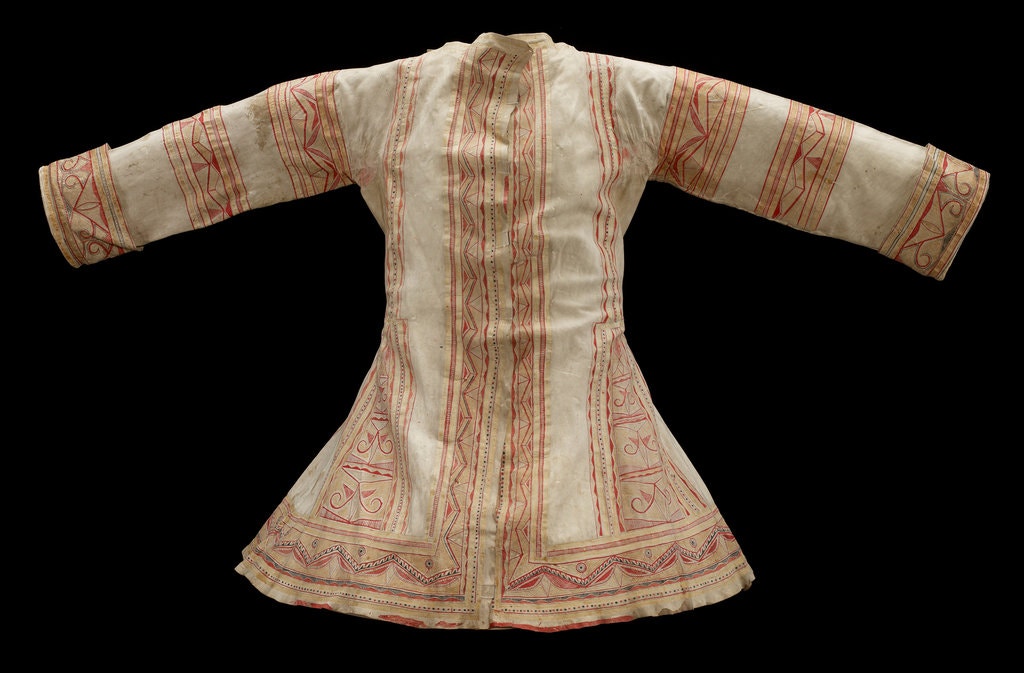A detailed review from The New York Times discusses the artistic, cultural, and curatorial significance of the Minneapolis Institute of Art’s new exhibition “Hearts of Our People: Native Women Artists.”
In addition to showcasing the work of women art-makers in Native communities, the exhibition also relied on guidance from an all-female advisory panel of Native artists and experts to ensure that “Hearts of Our People” would “bring greater visibility to Native women without compromising their Indigenous values.” Featuring more than 100 objects spanning 1,000 years, the exhibition includes works by a new generation of contemporary Native artists whose work is rooted in tradition but very much a reflection of modern day experiences.
In early June, an installation by a Native American artist will hang in the galleries of the Minneapolis Institute of Art, but it won’t look like Native art in any traditional sense. “Idiot Strings, The Things We Carry” (2017), by Sonya Kelliher-Combs, an Athabascan and Inupiat artist from Alaska, is a series of goat and sheep hide pouches attached to strings, forming floating pockets. They cast shadows on the ground, creating an ethereal effect.
The piece is, in part, the artist’s response to the suicides of three of her relatives. The strings invoke “the idea of tethering,” she said, “to not forget about these people.” (Native Alaskan communities have some of the highest suicide rates in the world.)
If “Idiot Strings” honors the artist’s cultural heritage, it also represents its evolution. Ms. Kelliher-Combs grew up in Nome, where experimenting with scraps of material was a communal activity for Native women, a way to spend time with siblings and elders. It was only at college that she began to understand those experiences from a non-Native perspective — as art.





